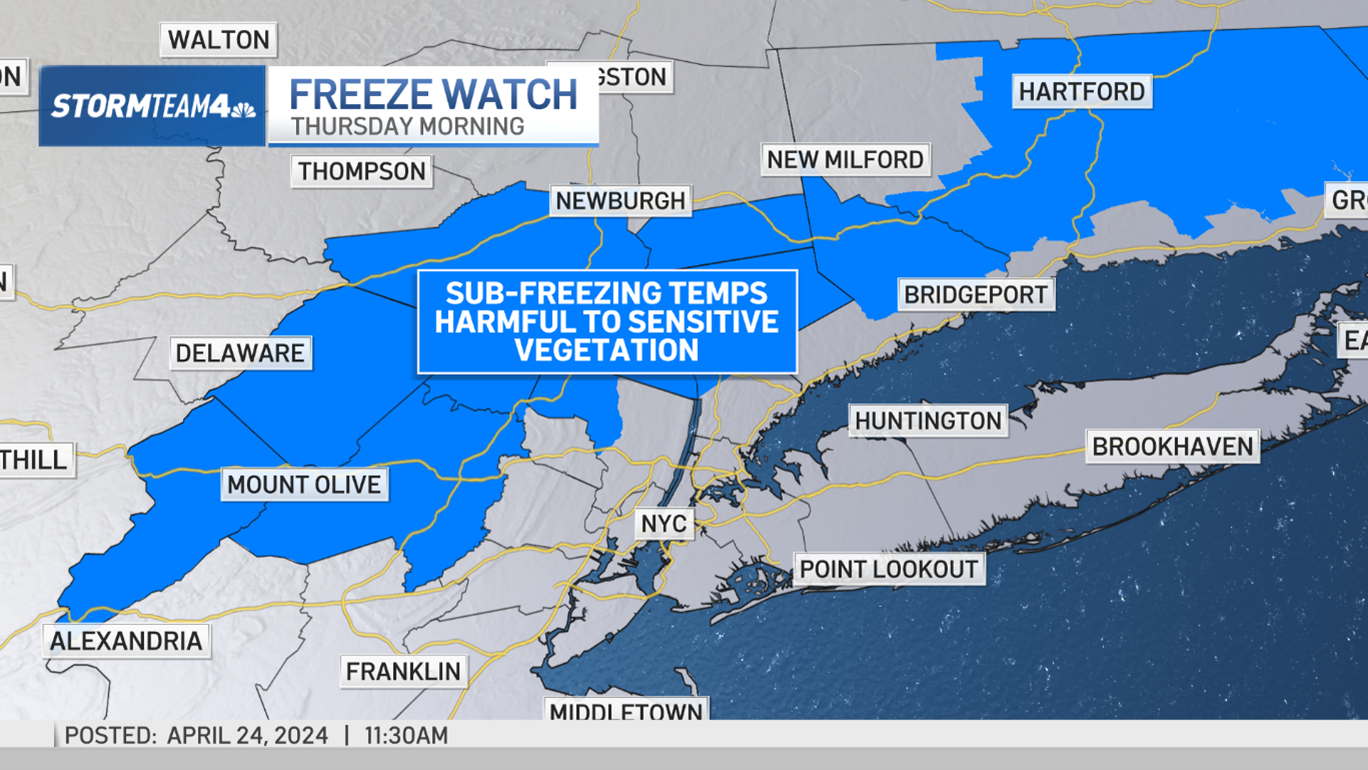What to Know
- Mumps is highly contagious and is characterized by fever, headache and fatigue, among other symptoms
- The disease can't be treated and while the vaccine is not 100 percent effective, two doses of the vaccine are the best protection
- 69 cases of the mumps have been reported at SUNY New Paltz since Oct. 7
Hundreds of students, faculty and staff at the State University of New York at New Paltz lined up for free mumps vaccinations and boosters just as the number of suspected cases in the worst outbreak of the virus increased again.
State and county health officials were offering free immunizations Tuesday and Wednesday on the campus after 69 people contracted mumps since early October. Health officials said that the students who contracted the virus were all immunized, so they were urging everyone to get a booster to make sure they were protected. Find out how to register here.
At least eight members of the swim team and one athletic staff member have come down with the disease, and the university has said the team would suspend competition for the remainder of the semester on the advice of the state health department.
The outbreak has also spread to the town's high school, with at least three cases confirmed among student-athletes there.
Mumps cannot be treated. The most effective preventative measure is immunization, but even that is not 100 percent effective.
Statewide, there have been at least 147 confirmed or probable cases of the mumps in 2016 compared with 24 in all of 2015, New Paltz officials say. That marks the highest mumps case count since 2010, when the state reported 663 cases, most of which were related to a large outbreak in downstate New York.
Local
Nationally, 2016 has seen the most mumps cases reported since 2006, according to the Centers for Disease Control and Prevention. As of early November, 45 states and Washington, D.C., had 2,879 confirmed cases, many of them on college campuses, according to the CDC.
Mumps is characterized by fever, headache and swelling of the salivary glands. Fatigue, muscle aches and loss of appetite are other possible symptoms.
After a person is exposed, symptoms usually appear 16 to 18 days after infection, but this period can range from 12-25 days after infection.
The disease is transmitted by close contact, sharing utensils and drinking glasses and through saliva contact by kissing or other means. Health officials recommend washing hands frequently.



